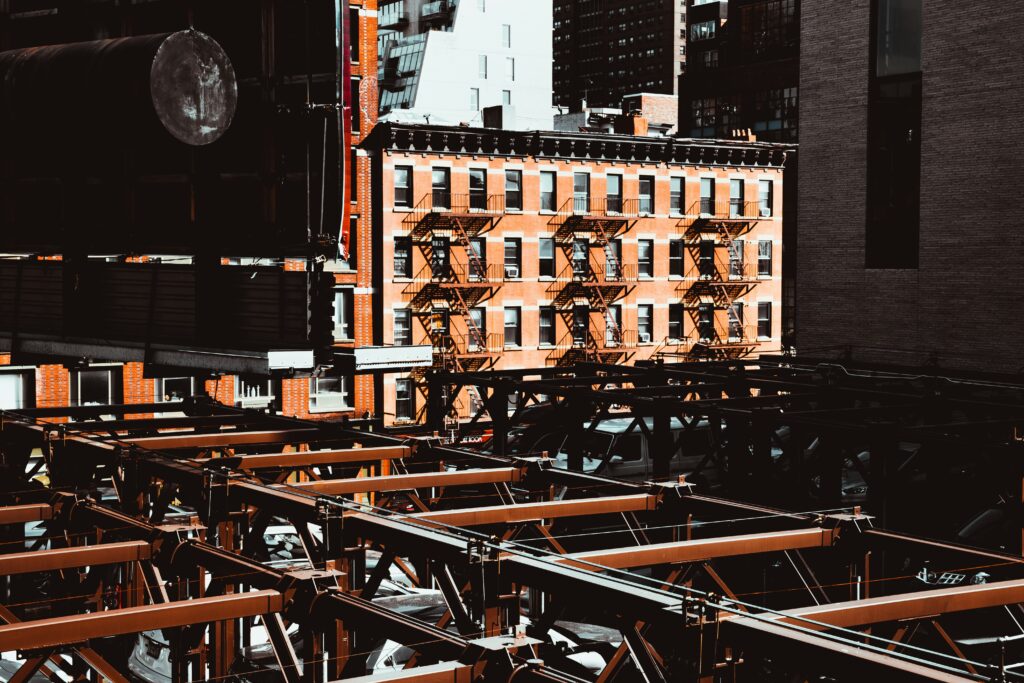Supporting Housing Affordability in New York City Through Increased Housing Production
New York City’s persistent crisis of housing affordability has reached unprecedented levels. As of 2021, a majority of renters in New York City spend more than 30 percent of their incomes on housing. The overall ratio of median rent to median household income in New York City is the second-highest among the 25 largest cities in the country. Additionally, the number of single adults experiencing homelessness in New York City has more than doubled in the past ten years (Coalition for the Homeless, 2023).
These conditions arose despite concentrated policy efforts at the state and local levels to control the growth of rents and increase the supply of income-restricted affordable housing units. From 2014 to 2019, capital expenditures on affordable housing quadrupled from $428 million to $1.7 billion annually (Kober, 2023).
Roughly 44 percent of the city’s rental housing stock is rent stabilized (New York City Department of Housing Preservation and Development, undated), and, in 2019, the state legislature passed permanent reforms to the city’s rent stabilization program that dramatically reduced the ability of landlords to raise rents or pass through costs for repairs and renovations to tenants (Otterman and Haag, 2019). Developers seeking to take advantage of the city’s generous property tax–-relief programs increasingly have been required to include greater numbers of deed-restricted affordable housing units in their projects over time (Raetz and Murphy, 2022).

Also Read: Delivery of Affordable Housing Build to Rent Homes in Bristol
